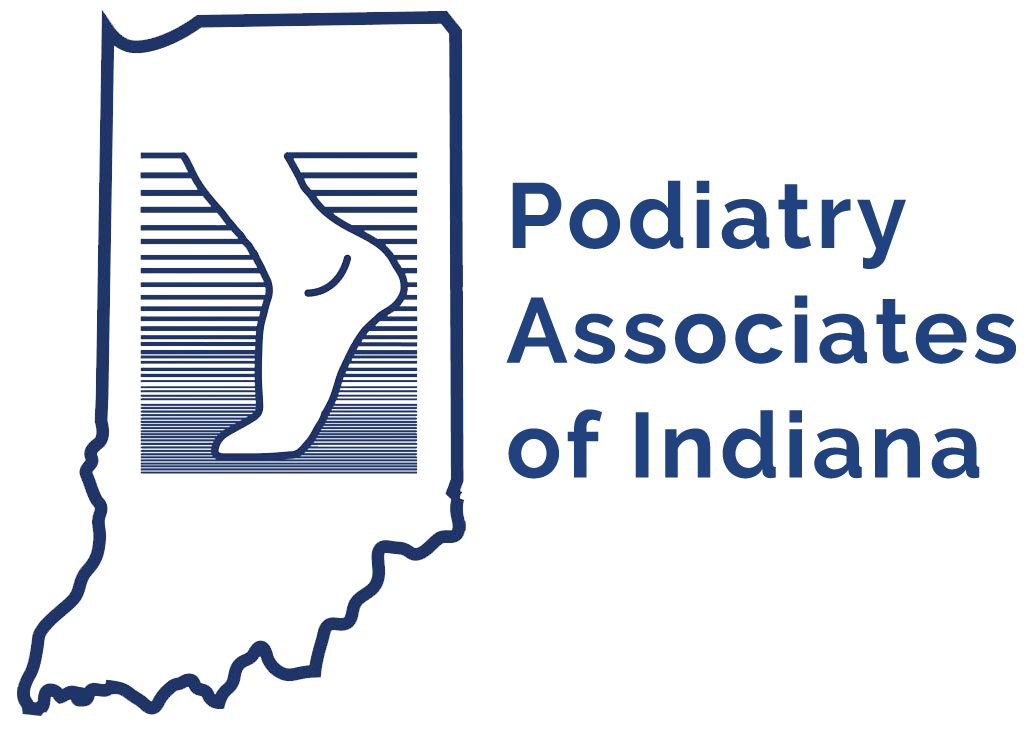Bunions 101
May 1, 2024 •Podiatry Associates of Indiana

Bunions hurt and don't go away without treatment. Thats why our providers at Podiatry Associates of Indiana specialize in the diagnosis and treatment of this deformity of the foot that often develops gradually over time.
Bunions first appear as a bony prominence on the side of the big toe joint, which may cause the big toe to deviate towards the other toes. While bunions can be hereditary, they are also commonly exacerbated by improper footwear, foot structure and repetitive stress on the feet.
If you suspect you have a bunion, here is some important information to know:
Diagnosis
-
Clinical Examination: Our podiatrists will begin by conducting a thorough clinical examination of the affected foot. This may involve assessing the alignment of the toes, joint mobility and the presence of any bony prominences.
-
Medical History: Understanding the patient's medical history, including any previous foot injuries, family history of bunions, and occupation or activities that may contribute to the condition, is essential for accurate diagnosis and treatment planning.
-
Imaging Studies: X-rays are often ordered to evaluate the severity of the bunion deformity and assess any underlying structural abnormalities, such as arthritis or joint misalignment. These imaging studies help us determine the most appropriate treatment approach based on your needs.
Treatment Options
-
Conservative Management: In mild to moderate cases, conservative measures may be effective in managing bunion symptoms and slowing the progression of the deformity. This may include wearing supportive footwear with a wide toe box, padding or taping the bunion to reduce friction and pressure, orthotic inserts to correct biomechanical imbalances and nonsteroidal anti-inflammatory drugs (NSAIDs) to alleviate pain and inflammation.
-
Bunion Splints: Bunion splints or braces may be recommended to help realign your big toe joint and prevent further deviation. These devices are typically worn at night and can be beneficial for individuals with flexible bunions.
-
Custom Orthotics: Custom orthotic devices are designed to address underlying biomechanical issues that contribute to bunion formation. By providing support and proper alignment, orthotics can help alleviate pain and discomfort associated with bunions while promoting optimal foot function.
-
Physical Therapy: Targeted exercises and stretching techniques prescribed by a physical therapist can help improve joint mobility, strengthen supporting muscles, and enhance overall foot mechanics. Physical therapy is often incorporated into a comprehensive treatment plan to optimize outcomes and prevent recurrence.
-
Injection Therapy: Corticosteroid injections may be recommended to reduce inflammation and provide temporary relief from bunion-related pain. However, these injections are typically reserved for short-term management and are not a long-term solution for bunion deformities.
-
Surgical Intervention: In cases where conservative treatments fail to provide adequate relief or the bunion deformity is severe, surgical intervention may be necessary. Bunion surgery, also known as bunionectomy, aims to realign the affected joint, remove excess bone and soft tissue, and restore normal foot function. Podiatric surgeons employ various techniques, including minimally invasive procedures and traditional open surgery, based on the individual patient's condition and treatment goals.
Recovery and Rehabilitation
Following bunion surgery, patients undergo a period of recovery and rehabilitation to optimize outcomes and restore mobility. This typically involves wearing a protective boot or cast, limiting weight-bearing activities, and gradually transitioning back to normal activities under the guidance of a podiatrist or physical therapist. Rehabilitation may include exercises to improve strength, flexibility, and joint function, as well as education on proper footwear and foot care practices to prevent the recurrence of bunions.
If you have experienced a possible bunion issue, contact us to request an appointment.

